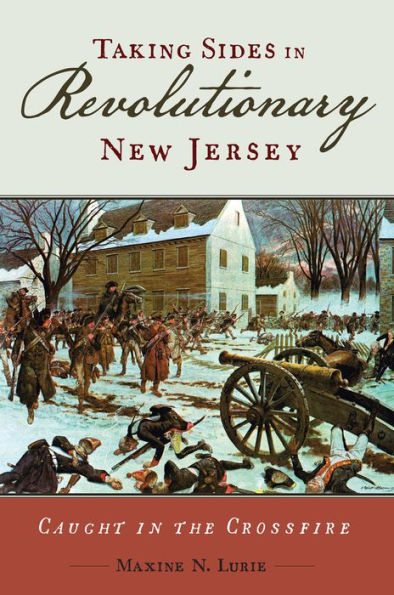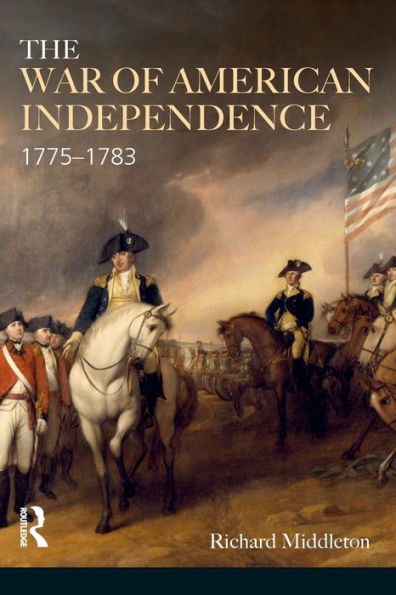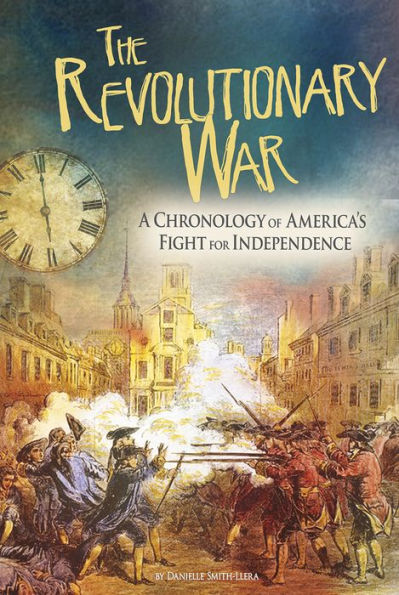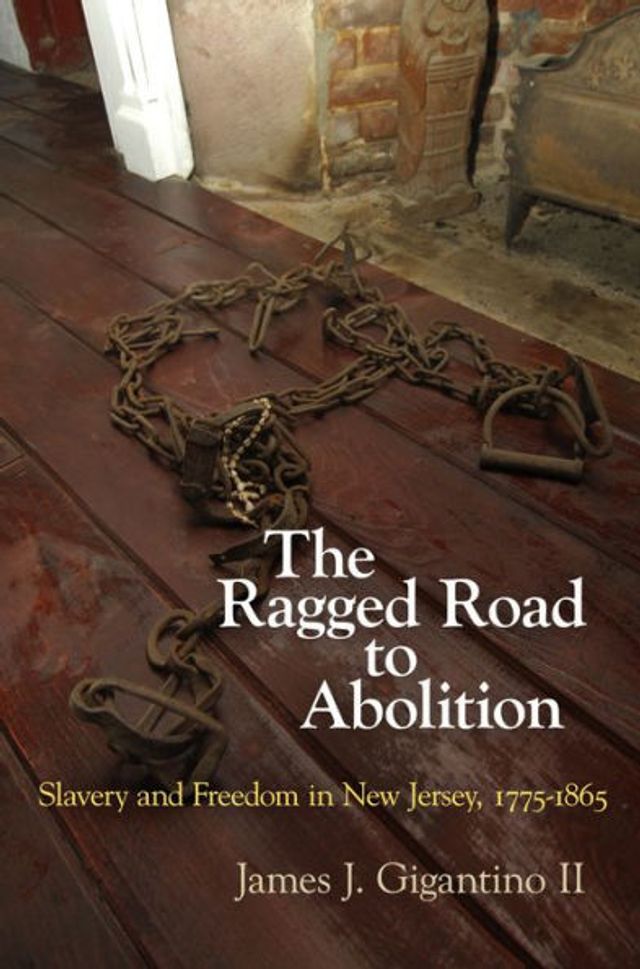Home
Cockpit of the Revolution - The War for Independence in New Jersey
Loading Inventory...
Barnes and Noble
Cockpit of the Revolution - The War for Independence in New Jersey
Current price: $45.99
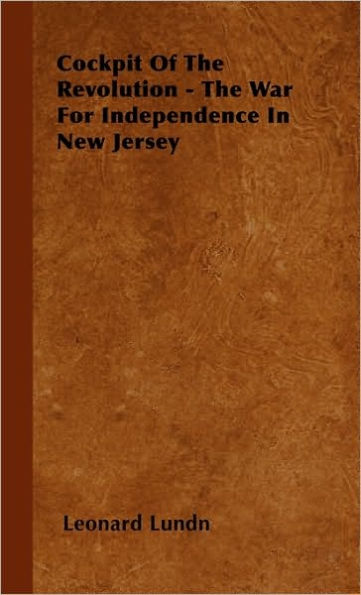

Barnes and Noble
Cockpit of the Revolution - The War for Independence in New Jersey
Current price: $45.99
Loading Inventory...
Size: OS
*Product Information may vary - to confirm product availability, pricing, and additional information please contact Barnes and Noble
Cockpit OF THE REVOLUTION THE WAR FOR INDEPENDENCE IN NEW JERSEY By Leonard Lundin. Originally printed in 1940. INTRODUCTION TO the second volume of the Princeton History of New JL Jersey, Cockpit of the Revolution: The War for Independence in New Jersey, Professor Leonard Lundin, maintains the high standard set by Dr. Wheaton J. Lane in From Indian Trail to Iron Horse. The reader moves through the fascinating pages with a sense of being a participant in the events described, of witnessing the marches of the British army or of Washington's troops, of being personally ac quainted, not only with great military and political leaders, but even with minor characters. The volume brings one step nearer completion the design of a comprehensive and volu minous history of New Jersey, financed by Lloyd W. Smith, of Madison, and edited by the Department of History of Princeton University. Professor Lundin gives a picture of conditions in the col ony prior to the outbreak of war, separates the people into the hostile camps as Tories or Whigs, rewrites with a vivid pen the story of the vitally important campaigns which culminated at Princeton and Monmouth, pictures the alternating elation or despair of the patriots as the fortunes of war varied, analyzes the first state constitution, explains the injurious effects of partisan politics in the state during the Revolution, adds new and vivid details to the old story of burnings and pillaging, of raids and reprisals. In addition he presents for the first time a connected narrative of many troop movements and engagements, relatively unimportant in themselves, but affecting vitally the more decisive cam paigns and the final outcome of the struggle. The chief po litical developments in the years from the Stamp Act to the Declaration of Independence have either been omitted or touched upon lightly, as they are tp be treated fully in the third volume of the series. The Path to Freedom, by Profes sor Donald L. Kemmerer. Professor Lundin stresses the economic causes of the Revolution and economic factors in dividing the people of the colony into Loyalists and Revolutionists, in harmony with the school of historical interpretation led by Charles Beard. He shows that the holders of lucrative colonial offices, the wealthy merchants, the great landholders as a class frowned on rebellion and aided the king during hostilities; while the ironmasters, whose profits had been cut down by governmental restrictions, went over to the patriot side. If, in throwing the pitiless light of historical investigation upon the careers of leaders on both sides, he dims the glamor which has long hovered about some of them, it is but the sacrifice which sentiment must make to truth. If we are to understand the great movement which brought independence to the American people, students of history must give us more detailed studies of its origin and develop ment in the different colonies and sections. Historians have been slow to recognize the fact that national history is founded on local history, and so have fallen into the error of making generalizations or sweeping statements upon in sufficient evidence. We can no longer leave the field of local history to the antiquarian and the genealogist, who only too frequently sacrifice breadth of treatment and interpretation to insignificant details. The history which treats of a limited field or limited period should be a scholarly study, ready to be fitted into the great field of American history as a whole. This important service Professor Lundin has accomplished in admirable style for the American Revolution

